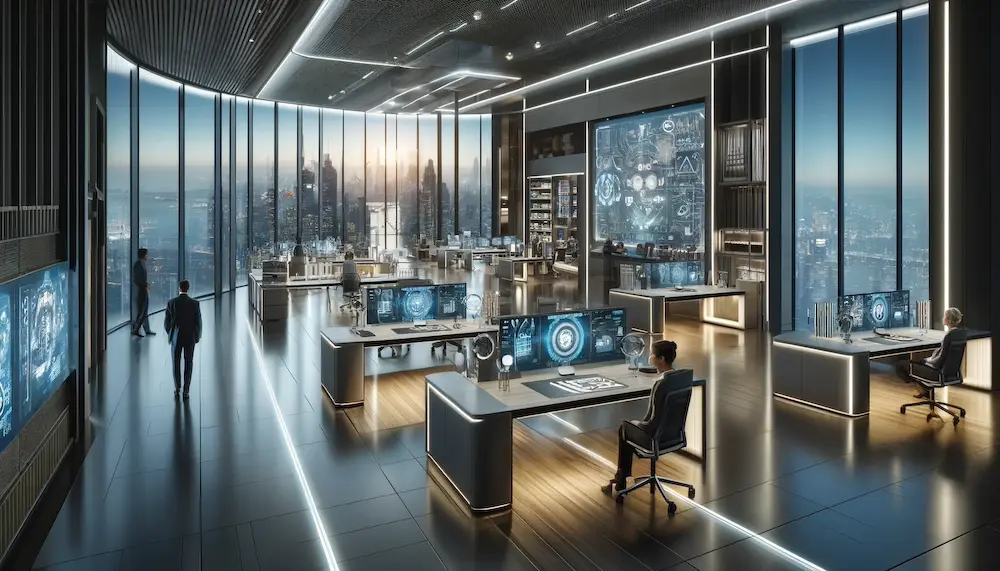Designing an eco-friendly green office involves creating a workspace that minimizes environmental impact while promoting employee well-being and productivity.
History and Origins of Eco-Friendly Green Offices
The concept of green offices emerged in response to growing environmental concerns and the sustainability movement of the late 20th century. As businesses recognized the environmental impact of their operations, there was a shift towards adopting sustainable practices, including the design of office spaces. This movement aimed to reduce energy consumption, minimize waste, and create healthier work environments.
Key Features of Eco-Friendly Green Offices
- Energy Efficiency: Utilizing energy-efficient lighting, appliances, and HVAC systems to reduce energy consumption.
- Sustainable Materials: Incorporating eco-friendly materials such as recycled steel, bamboo, and reclaimed wood in office construction and furnishings.
- Indoor Plants: Introducing greenery to improve air quality and enhance the aesthetic appeal of the workspace.
- Natural Lighting: Maximizing the use of natural light to reduce reliance on artificial lighting and create a more pleasant work environment.
- Water Conservation: Implementing water-saving fixtures and practices to minimize water usage.
- Waste Reduction: Establishing recycling programs and encouraging the use of reusable materials to decrease waste.
Applications of Eco-Friendly Green Office Design
- Corporate Offices: Many companies are adopting green office designs to align with corporate social responsibility goals and enhance employee satisfaction.
- Co-working Spaces: Shared workspaces are incorporating sustainable design elements to attract environmentally conscious clients.
- Home Offices: Individuals are creating eco-friendly home workspaces by choosing sustainable materials and energy-efficient equipment.
Considerations When Designing an Eco-Friendly Green Office
- Location and Climate: Design strategies should consider the local environment to optimize energy efficiency and comfort.
- Employee Engagement: Involving employees in sustainability initiatives can enhance the effectiveness of green office practices.
- Budget Constraints: While some sustainable solutions may require upfront investment, they often lead to long-term cost savings.
- Regulatory Compliance: Ensuring that the office design meets local environmental regulations and standards.
Conclusion
Eco-friendly green office design not only benefits the environment but also contributes to a healthier and more productive workplace. By incorporating sustainable materials, energy-efficient systems, and thoughtful design elements, businesses can create workspaces that reflect their commitment to sustainability and employee well-being.
